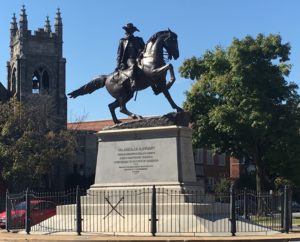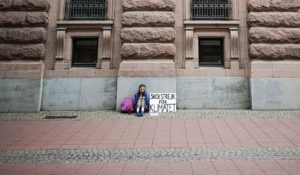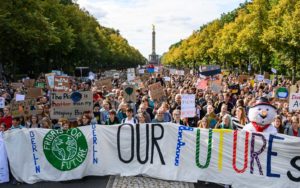One of the expressions current in the media is cancel culture, a term heard many times at the Republican Convention in the US last week. At that event it was used as a political weapon against the Democrats; according to buzzfeed:
A few weeks ago, most Americans either hadn’t heard of “cancel culture” or were quite unfamiliar with the term. And then President Donald Trump’s Republican National Convention began. Since Monday night, primetime convention speakers repeatedly have warned of a future where conservative patriots are silenced and vilified as a nation led by Joe Biden descends into lawlessness. Democrats and the media, they’ve argued, are canceling your beloved founding fathers and will cancel you next if you don’t adhere to their politically correct point of view.
In fact, President Trump’s administration has been active in suppressing speech from opponents, labeling as “fake news” not false reporting, but any news item not supporting the President’s views or actions.
The term cancel culture has been around for a while and has little to do with any conventional understanding of what a “culture” is. Instead it references a social practice, principally on social media, involving ostracizing or shaming someone for their behavior, thereby “cancelling” their participation in human society, making them social outsiders. There have been famous cases in which social media attacks, for perceived or real transgressions, such as offensive tweets in the past (the film director, James Gunn) or calling the police on a black bird watcher (Amy Cooper), have resulted not only being “cancelled” in the media, but actually losing their jobs.
The phenomenon has been interpreted as indicating a shift of power in society (at least in the US), giving more weight to social media over official government authorities such as the courts or police. As reports of incidents or transgressions turn viral online, immense pressure is placed on those connected to the “cancelled” (employers, landlords, associates) to disassociate themselves from those individuals. The NY Times has run a number of stories on cancel culture, including several by Jonah Engel Bromwich. In one recent piece he commented:
People tend to see cancellation as either wholly good — there are new consequences for saying or doing racist, bigoted or otherwise untenable things — or wholly bad, in that people can lose their reputations and in some cases their jobs, all because a mob has taken undue offense to a clumsy or out-of-context remark. Personally, I think it’s best viewed not as either positive or negative, but as something else: a new development in the way that power works — a development brought about by social media.
The views on whether this is a good development vary. Harper’s Magazine published an open letter, signed by a number of influential public figures, “A Letter on Justice and Open Debate,” which decried the development. The letter received some negative feedback, with the signers being accused of fearing that their own power and influence would be lost. However one might judge cancel culture, it seems undeniable that the power of social media it demonstrates is unlikely to go away any time soon.




























